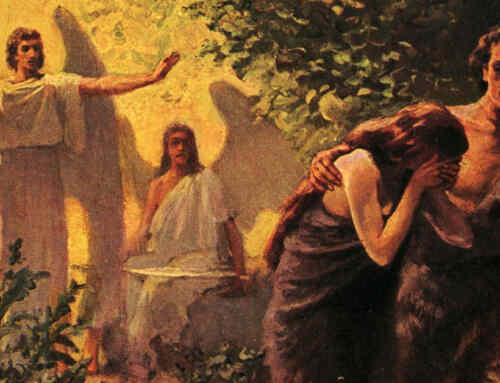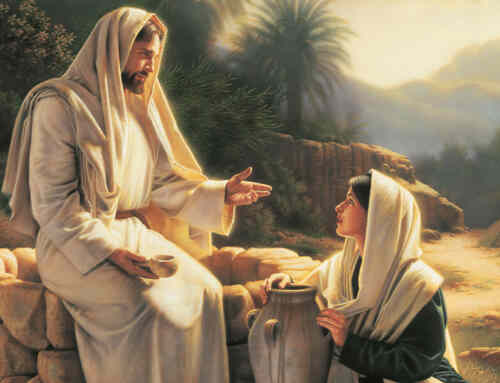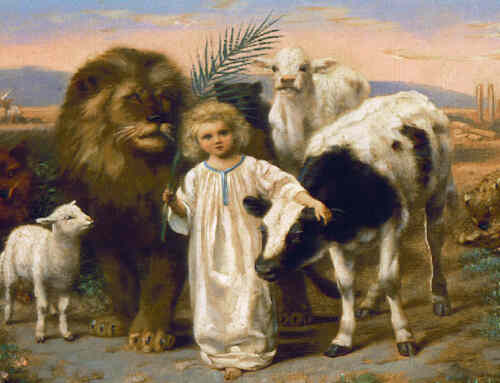Jesus didn’t go anywhere when he died. He was dead in the tomb.​
We read in Isaiah’s prophecy that Jesus “poured out His soul unto death,” that His soul was made “an offering for sin.” (Isaiah 53:12, 10.) Then again we read, “Thou wilt not leave my soul in Sheol [meaning the grave (sometimes mistranslated hell)]; neither wilt Thou suffer Thine Holy One to see corruption.” (Psalm 16:10.) The Apostle Peter quoted this same prophesy in Acts 2:27 (NKJV), “For You will not leave my (Jesus’) soul in Hades, Nor will You allow Your Holy One to see corruption,” Acts 2:27 (NKJV). These two verses prove the equivalency that sheol (Hebrew) = hades (Greek). But what is the condition of death or sheol or hades?
Jesus’ friend, Lazarus, was ill. Jesus said to his disciples, “‘Our friend Lazarus sleeps, but I go that I may wake him up.’ Then His disciples said, ‘Lord, if he sleeps he will get well,’” John 11:11,12 (NKJV). Jesus finally spoke plainly, and said, “ Lazarus is dead,” John 11:14.
The sleep of death is explained in the Old Testament, “Whatever your hand finds to do, do it with all your might; for there is no activity or planning or knowledge or wisdom in the grave (Sheol) where you are going,” Ecclesiastes 9:10. Jesus was in the grave, in the “sleep of death,” (sheol or hades) parts of three days.
It states in Ephesians 1:20 that it took God’s mighty power to raise Jesus from the dead, and set him at His own right hand. What a joy to know that Jesus did not remain in the death-state but was raised the firstborn from the dead. Because of this, we all have the hope of a resurrection in due time. (John 5:25-29; 1 Corinthians 15)
In summary, the man Christ Jesus, our Savior, died at 33½ years, was dead, buried in the grave for parts of three days, and was resurrected on the third day.













